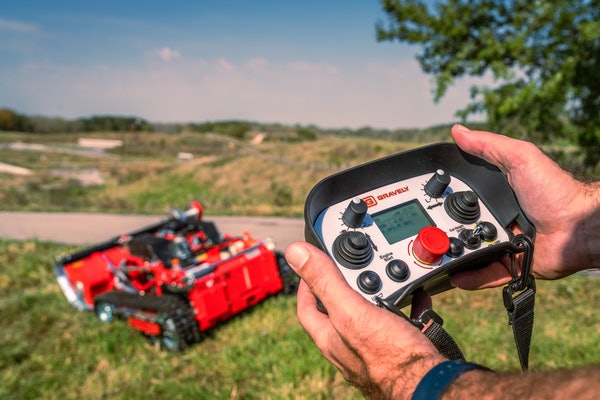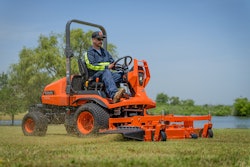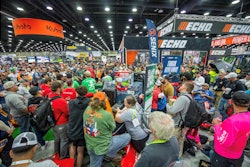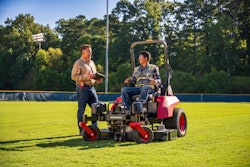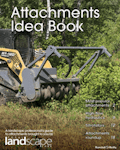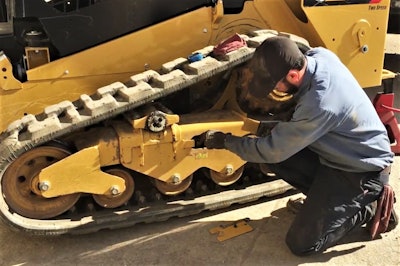

While you cannot change the fact that you need to replace your compact track loader’s and other equipment’s tracks, you can change the frequency at which the tracks need replacing. It doesn’t matter what machine these tracks are on or what company they’re from, with these four maintenance tips, you can maximize the life of your tracks and get the most bang out of your buck while maintaining workplace safety.
1. Proper tensioning
If your tracks aren’t properly tensioned, one of two things can happen. First, under tensioning or loose tracks means you run the risk of having your loader simply drive out of the tracks, putting your operators and surrounding workers at risk. The other scenario is over-tensioning the tracks. It’s a common misconception that over-tensioning the tracks means you don’t have to readjust them as often but in reality, the tracks are being damaged this way. Tracks need a bit of flex in order to move properly and excess tensioning will lead to greater wear and tear.
Tracks need to be adjusted regularly. Depending on your manufacturer, you may have to check tension after every 50 hours of usage or after 100 hours of usage (or somewhere in between). Refer to the OEM manual to get the correct time interval.
2. Regular inspection and cleaning
Tracks should be checked after every usage or at the end of the day for any damage or stuck debris. Especially when operating on rough surfaces with sharp rocks that can get stuck in the tracks and lead to corrosion. In muddy surfaces, farm manure can get stuck in the tracks, which can contaminate the rubber and compromise the overall integrity of the tracks. That’s why power washing the tracks after every use is recommended to get rid of unwanted contamination.
Clean tracks also make it easier to spot uneven wear or flat-spotting during regular inspections, which could be a sign of a bigger underlying problem like bearing seizure. While you’re at it, look out for any cracks, cuts, punctures or rusting (if you have steel imbeds and cords).
3. Check the undercarriage
The undercarriage is an expensive part of any heavy machinery and one of the costliest parts to maintain, but don’t let that stop you from checking it regularly (repairing it can be even more costly). The undercarriage should be given extra attention when working in muddy conditions as debris, broken parts, contaminants like salt water, grease and grime are more likely to get stuck in the crevices and go unnoticed.
Inspecting the undercarriage regularly also means you’re more likely to catch any dripping hydraulic oil or grease in time before it can build up significantly.
4. Make sure you’ve got the right tracks
A lot of your efforts at maintaining and maximizing the life of your tracks can become meaningless if your compact track loader isn’t using the right tracks. Every machine is manufactured and tested with tracks of specific specifications, and while you may think a similar track would do just fine, it actually won’t.
Using tracks other than the ones recommended by the manufacturer means many of the maintenance practices may not apply anymore. For instance, max load, operating temps, proper tension, etc. are all things that would change if you’re using tracks from different brands or of different sizes.
It might seem convenient in the short-term to put on tracks that don’t perfectly fit your compact track loader but you’re doing more damage in the long-run. And more importantly, you can easily find the right tracks for your equipment online, so put the right tracks on your compact track loader and improve operating efficiency and safety.
That’s it! Four simple ways to maximize your equipment’s tracks before getting new ones.
EDITOR’S NOTE: This article was written by Nina Sharpe. Sharpe is a freelance writer specializing in a few niches, including home and garden. Writing engaging and high-quality content ranging from interior design and landscape architecture to commercial construction and heavy equipment.





